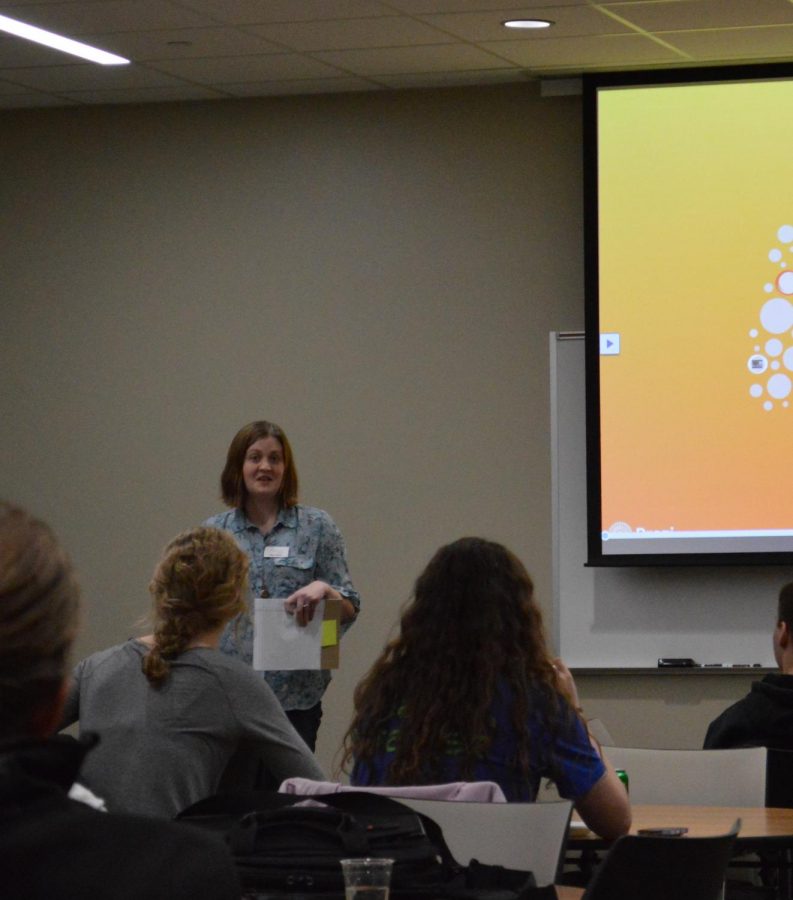It Makes Cents, Local Real Estate Company Educate Students On Subleasing
March 29, 2018
University of Wisconsin-La Crosse’s It Makes Cents department, with the help of local Three Sixty Real Estate Solutions team members, welcomed students to join them earlier this week in an informative session about subleasing apartments.
Mary and Norma, members of the Three Sixty Team, explained the steps of subleasing to students. The first step is notifying the property owner about the leaser’s intent and filling out the proper forms.
There may be a fee for sub-leasers, because of additional work that must be done by the real estate company. They should be asked about this right up front, so that it can be discussed with the possible sub-leaser.
“It is a legal document that you guys are signing. It is critical that you know that,” Norma stated. “It’s really easy to sign it, but it’s really hard to get out of a lease.” Mary noted that leasers must remember that leases are a contract and landlords are not required to allow subleasing.
Students looking to sublease their apartment must keep in mind that they are still highly responsible for their apartment and the rent, even when they are no longer living in it.
The landlord does not care where the rent money is coming from; it is just necessary that they receive it to avoid legal action. If the sub-leaser is unable to pay, the landlord will expect the full amount to come from the original leaser.
A way to help secure a better relationship between leaser and sub-leaser is to create a formal document between the two of expectations. If necessary, this document could be taken to small claims court in the future.
The original renter on the lease does receive the security deposit at the end of the lease time. The sub-leaser may agree to pay the original leaser for the security deposit when moving in, so that the sub-leaser feels more responsible for any damages that may be pulled from the deposit.
To find a sub-leaser, social media, Craigslist, word-of-mouth, and posters can be useful to connect with possible candidates.
Leasers should keep in mind that all occupants of a shared lease must agree on a sub-leaser, even if he or she is only taking the place of one person.
It’s important to examine relationships between current roommates and possible sub-leasers. They may have recommendations of who they would prefer to live with or friends who are interested.
“You must be careful about who you are putting in there as a sub-leaser for many reasons,” Norma noted. Mary mentioned that it is “probably a very good idea” to require a background check on possible sub-leasers.
To do a background check, references from the candidate are useful, along with Circuit Court Access websites for the state.
Renters should never show an apartment to a possible candidate alone for safety.
The final step in the process is to sign the forms with the sub-leaser. If no formal documentation is completed, the deal should not be seen as valid.
It is important to recognize that the relationship between leaser and sub-leaser is built strongly on trust, so be aware that any issue may lead to disaster.






